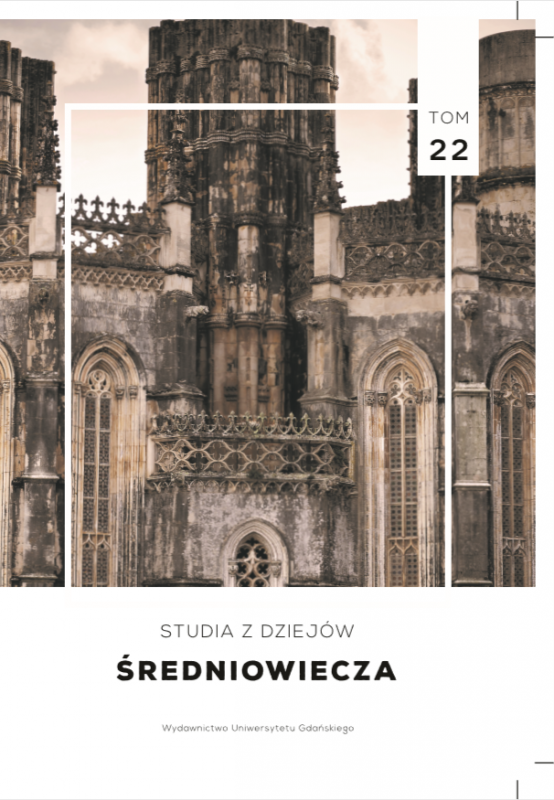The social and economic status of women reflected in the medieval Dutch legend of Beatrijs
The social and economic status of women reflected in the medieval Dutch legend of Beatrijs
Author(s): Małgorzata DowlaszewiczSubject(s): Social history, Middle Ages
Published by: Wydawnictwo Uniwersytetu Jagiellońskiego
Keywords: female protagonist; women’s status; Middle Ages; Beatrijs; Dutch literature
Summary/Abstract: The position of women is certainly one of the important issues of recent decades, and not only in academic research. Facing concrete forms of vulnerability all over the world (which may include lower social status, the lack of choices women have, or the distinction between genders in schools, at work, and in the public sphere) and the current escalating presence of violence against women in the media and the temptation of formulating simple remedies to these problems, contemporary research in the humanities has to become sensitive to current developments and must dare to undertake the task of shaping the culture. We have to become aware that culture products such as literature, music, or art must not only reflect reality but also influence or (re)structure social statuses. This article focuses on one medieval Dutch text, Beatrijs, and the way the central figure of the woman is portrayed in it. It presents the link between the different social positions of the protagonist Beatrijs, the norms she has to follow, and the possibilities she has to choose from at particular turning points of her life. Beatrijs clearly belongs to the canon of medieval Dutch literature, and many aspects of it have been discussed already. After the first edition was published by Jonckbloet in 1841,1 the text did not receive much attention, and it was not until the new revival of the story at the beginning of the twentieth century when its diverse features were studied. With the publication by Deschamps,2 interest in the material characteristics of the manuscript itself piqued and detailed textual study with close-reading analysis and a diplomatic edition with Latin sources presented by Duinhoven3 has raised new questions about the interpretation of the text. The most recent research was presented in a publication that is the summation of the international project Beatrijs internationaal, which focused on the circulation of the text within and outside of the Netherlands in the past and present.4 Beatrijs is also one of the most widely circulated medieval Dutch texts with translations, adaptations, and intersemiotic interpretations all over the world. It has served as the source material for opera, films, modern literature for young readers, and theatre. This is why it is important to see Beatrijs not only as a story of one girl but more as a reflection of the social relations in the middle ages and a tool to influence them. This article shall not discuss how women were generally regarded in the Middle Ages but rather present the image set by literature and more precisely by one particular Dutch text and the way social attitudes are shown in it.
Journal: Studia z Dziejów Średniowiecza
- Issue Year: 2018
- Issue No: 22
- Page Range: 57-66
- Page Count: 10
- Language: English

